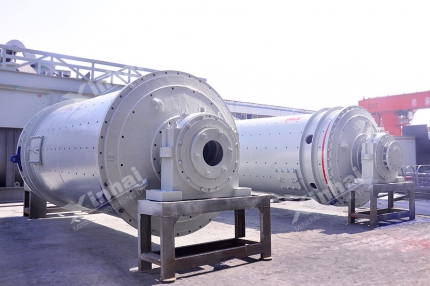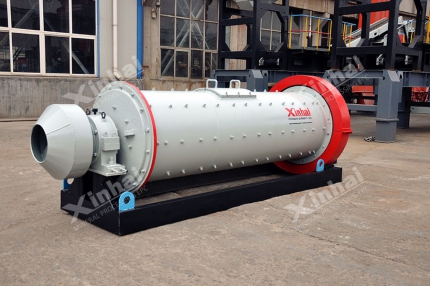Tin ore is one of the important nonferrous metals and is used in many fields such as electronics, metallurgy, and chemical industry. After years of development and optimization, tin ore beneficiation technology has formed a variety of effective beneficiation methods. The following will mainly introduce the beneficiation methods, beneficiation process and equipment of tin ore, and the challenges in the beneficiation process of tin ore, to help you better understand the tin ore beneficiation process.
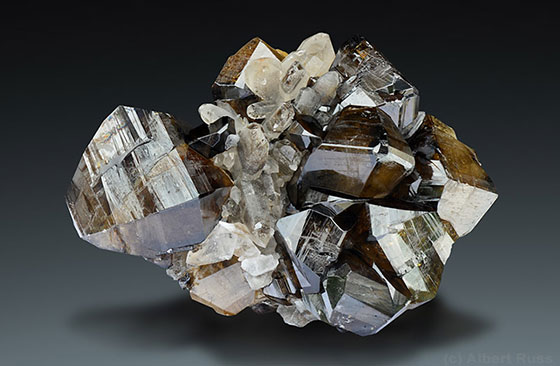
Use the table of contents below to navigate through the guide:
01Summary of tin ore dressing methods
According to the characteristics of tin ore and the requirements of ore dressing, the commonly used ore dressing methods are gravity separation, flotation, magnetic separation and flotation-gravity combination.
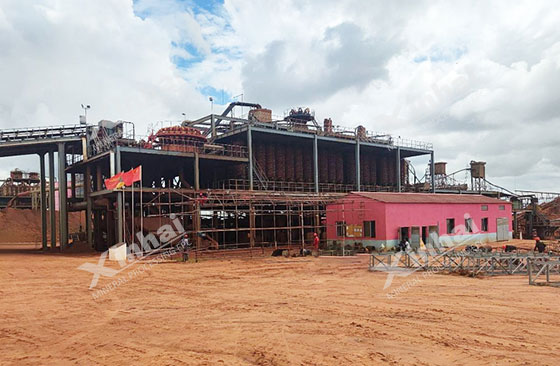
1. Gravity separation: When the density difference between tin ore and gangue minerals is large, gravity separation process is adopted. Commonly used gravity separation equipment includes jigs, spiral chutes, etc., which can effectively separate tin ore and gangue minerals.
2. Flotation: When tin ore contains more gangue minerals, flotation can effectively separate tin ore. During flotation, different flotation agents need to be added to change the hydrophilicity and hydrophobicity of the mineral surface and accelerate the flotation speed of tin ore. Flotation is often used to process ores with finer particle size.
3. Magnetic separation: When tin ore contains magnetic ores such as hematite and magnetite, magnetic separation can effectively purify tin ore. Magnetic minerals can be effectively separated by high-intensity magnetic fields, and the remaining minerals can be subsequently processed.
4. Flotation + gravity separation: For complex tin ores, a single beneficiation method cannot effectively recover tin ore. The beneficiation plant adopts a process combining flotation and gravity separation to further improve the recovery rate and grade of tin concentrate.
The specific selection of the above-mentioned tin ore beneficiation method needs to be selected according to the characteristics of the ore and the actual beneficiation. The use of combined process means can further improve the beneficiation efficiency and the economic benefits of the beneficiation plant.
02Tin ore beneficiation process
The tin ore beneficiation process includes the crushing, grinding, grading, and sorting (gravity separation, flotation, magnetic separation, etc.) of the raw ore, as follows:
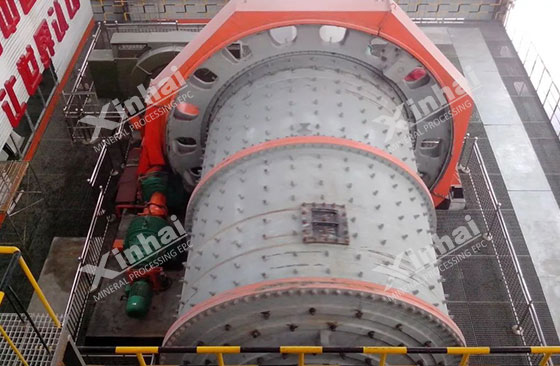
Ore crushing: The raw ore enters the jaw crusher and cone crusher to complete the coarse grinding and fine grinding processes, reduce the ore particle size, and ensure the smooth progress of the subsequent beneficiation process.
Grinding process: The crushed product enters the ball mill and rod mill for grinding, and is graded after grinding to the required particle size for beneficiation.
Classifying process: The spiral classifier or vibrating screen is used for grading, and the ground products are divided into different particle sizes. Coarse-grained minerals can be treated by gravity separation, while fine-grained minerals are treated by flotation or magnetic separation.
Concentrate processing: The concentrate obtained by sorting is concentrated and dehydrated to remove impurities, further improve the grade and quality of the concentrate, and finally obtain tin concentrate that meets the product requirements.
The specific tin ore beneficiation process needs to be optimized and adjusted according to the actual production situation. Continuously optimizing the process conditions and real-time monitoring of the beneficiation situation can improve the efficiency of beneficiation processing.
03What are the challenges of tin ore beneficiation?
The economic feasibility of tin ore beneficiation is mainly affected by factors such as ore, processing method, equipment investment and operating cost. Understanding these beneficiation issues can help optimize tin ore beneficiation.
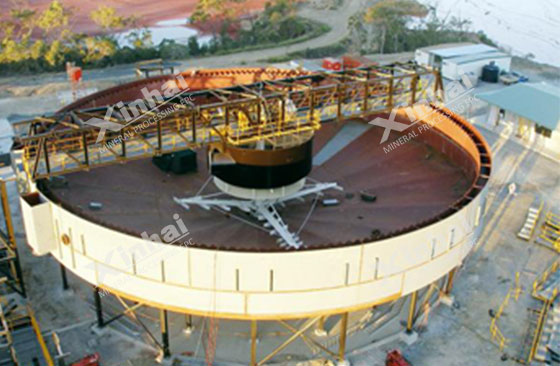
1. Complex ore properties: Tin ore is often accompanied by gangue minerals such as quartz and calcite, as well as metal minerals such as iron ore and copper ore. Because the ore properties are relatively complex, it is more difficult to sort tin ore. Some tin ores have fine particle sizes and strong impregnation, which makes sorting more difficult.
2. Difficulty in recovering fine-grained tin ore: Cassiterite often exists in the form of fine particles. The traditional gravity separation process has a low recovery rate for these fine-grained minerals, while the flotation process has a strong selectivity for fine particles, which is prone to ore loss.
3. Ore mud problem: Tin ore is prone to produce muddy substances during crushing and grinding, which affects the effects of gravity separation and flotation. At the same time, mudification will also increase the amount of flotation reagents used and reduce the sorting efficiency.
4. Impurities interfere with separation: Impurity minerals such as magnetic minerals and sulfide minerals in tin ore will interfere with the beneficiation process and reduce the quality of the concentrate. Some impurity minerals will also affect the effect of flotation reagents, causing flotation difficulties.
5. Adaptability of equipment and processes: Different ore properties have different requirements for beneficiation equipment and processes, which require flexible adjustment, and also increase the complexity of beneficiation design and operation.
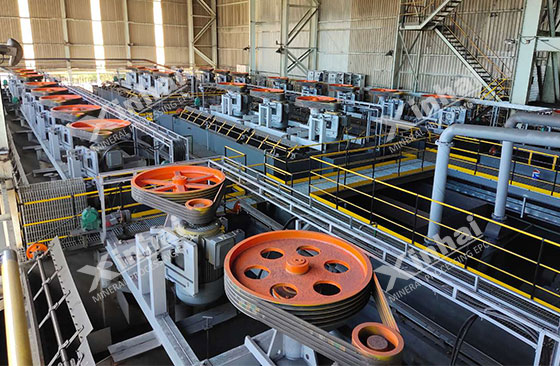
The above is an introduction to the tin ore dressing process of gravity separation, flotation, magnetic separation and combined process. Selecting the appropriate beneficiation process can achieve efficient recovery of different tin ores, among which beneficiation equipment is the core of the beneficiation process. Therefore, relying on a professional technical team and advanced equipment, Xinhai Mining can provide you with EPC+M+O services from beneficiation tests, process design, equipment manufacturing and installation to mine operations, etc., to assist every mining enterprise in achieving efficient utilization of tin ore and maximizing economic benefits.


 marketing@ytxinhai.com
marketing@ytxinhai.com  0086 13810327080
0086 13810327080 






































































































 CHAT
CHAT MESSAGE
MESSAGE




.jpg)
